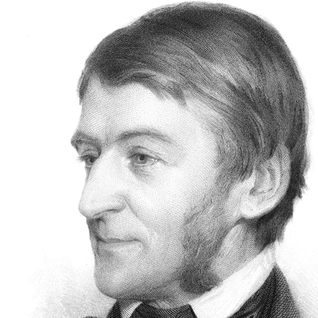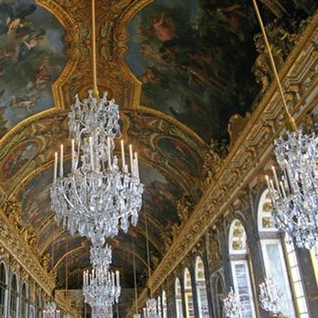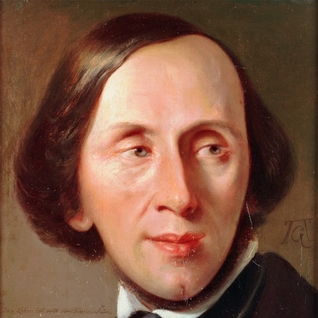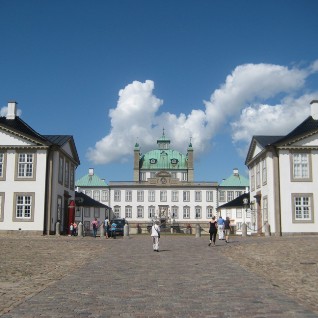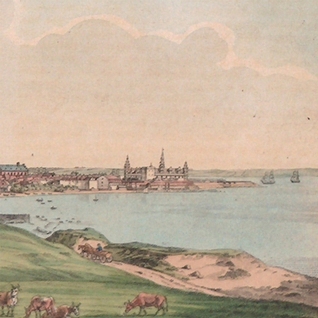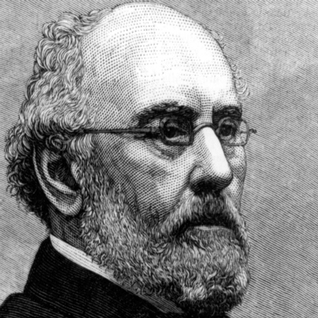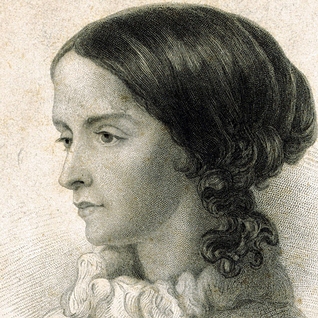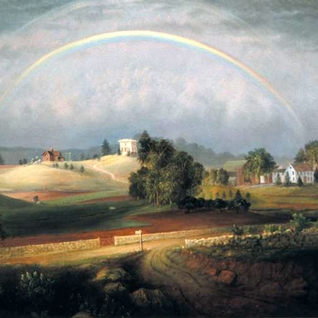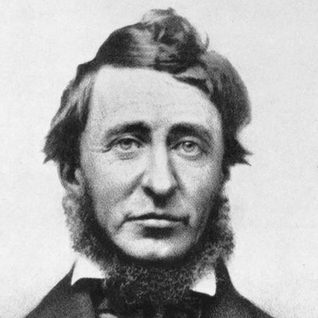TORBEN ARENDAL ARKITEKT mDD
FILM
EMERSON
FILM SYNOPSIS
Part I, 1833
Ralph Waldo Emerson (1803-1888) and Hans Christian Andersen (1805-1875) find themselves in bed together after an exhausting bash given by the King of France Louis-Philippe I (1773-1850), to celebrate the resumption of the restoration and establishment of a museum at the Palace of Versailles. Dignitaries from far and wide were present as were modern day celebrities. An indulgence of food, champagne and entertainment within exceedingly rich surroundings at the royal Chateau, had left Emerson and Andersen together, in the early hours, in a state of ecstasy and in each others company. Emerson had resigned as a minister of a Unitarian church in Boston and shortly after lost his young wife prior to this trip to Europe. Andersen was on his first travelling grant, sponsored by the King of Denmark, Frederick VI (1768 -1839) and anxious to meet the rest of the world. Andersen had completed a successful short story in 1829, entitled, "A journey on Foot from Holmen's Canal to the East Point of Amager". His career was well on its way.
The next day Emerson and Andersen are wandering around the gardens of Versailles past the fruit laden orangeries, making a mends of their previous night's escapee, slightly in dismay and in many ways physically and mentally relieved. They reach Marie Antoinette's (1755-1793), Hameau de la Reine, created in 1783 and setup as the "perfect village" fantasy world. Andersen is mostly self centered and talks about his childhood and aspirations while Emerson tells Andersen about the philosophies of Rousseau and Fourier. He sketches a world parallel to the "perfect village" but designed foremost by its inhabitants in complete unison, not as an experiment by a distraught previous queen. A change must come, where men and women will decide their fates within a framework of democratic values and in harmony with nature. Where all men and women are equal, perform laborious work together including the sponsoring of group and individual development.
Part II, 1831-1840
Birgitte Feldt (1804-1870) and Peter Kleinstrup(1800-?) and their 3 year old daughter Louise, close family and friends are in St. Olai church in Elsingore on the 20th of May, 1831 for the funeral of their newly born son.
Peter Kleinstrup is a qualified carpenter working with his brother in law, Christian Feldt, on the restoration of Fredensborg castle and the surrounding greenhouses, just 12 kilometers to the west of Elsingore. Birgitte and Peter with their daughter reside above Birgitte's father's establishment, a beer tavern close to the harbour of Elsingore and within sight of Kronborg Castle on the coast of the sound between Sweden and Denmark.
Living conditions are primitive and deteriorating. Birgitte spends the days and evenings helping her mother Lussie Dahlberg (1765-1827), serving the guests of the tavern, mostly drunken Swedish sailors and fishermen that have come across the narrow sound to consume cheap aquavit and beer. Lars Feldt (1777-1840), Birgitte's father, has a licence for a distillery. Peter has reached thirty years of age and is restless. Work is not abundant in town and the long weeks at Fredensborg Castle are wearing him down. He and his family are ready for a change. Stories at the tavern told by many of the ships captains tell of fortunes to be made in the Americas where times are better. Birgitte argues with her husband, that it is easier to find a place in the countryside nearby Elsingore and stay close to her family. Peter says that after Denmark has gone bankrupt (1813), times have become exceedingly difficult and especially suffocating. He needed space, new challenges, and a fresh start. Peter loved his beautiful blond wife and was extremely fond of his young daughter who was turning out to be a remarkably bright young girl. He had hoped for another son but now used all his energies on Louise. Peter read bedtime stories for Louise while Birgitte was still working down below, the newest book being one of H. C. Andersen, The Little Mermaid (1836). Louise enjoys all of Andersen's fairytales, especially The Princess and the Pea (1835). By 1840 Louise has read all of his works.
Sailing past Krongborg on their port side, forty years have past by since his birth. This is his second and longest journey, the first being his mandatory wandering days after the completion of his apprenticeship as carpenter in the city of Ringkøbing, along the western coast of Jutland. Never again will they see these shores. He is anxious and Birgitte is apprehensive, her father had just pasted away the 4th of January, 1840. Louise just loves the sail. As it turns out, this will not be Peter Kleinstrup's last journey after all.
Part III, 1844-1848
Just arrived at the residence of Brook Farm, (22nd September 1844) after a long and mild carriage ride from Boston, through a countryside much like that of Denmark, Peter Kleinstrup meets the Ripleys the co-founders of the Brook Farm Association. Peter's wife and daughter stay on in Boston until there are accommodations available, which will be one of Peter's first priorities, building new dwellings. Birgitte and Louise arrive earlier than intended (3rd November, 1844), the lodging being not quite complete.
Brook Farms is situated in the rolling hills of Roxbury west of Boston, Massachusetts, comprising of woodland and pastures with a brook wandering through the grounds. The few existing buildings on the site are simple, white painted wooden dwellings, the largest being the two story building called the "Hive". Peter Kleinstrup's primary job will be to help build new accommodations and attended to the gardening. Birgitte had read about the newly founded association and was particularly interested in their approach to education. Louise was now 15 years of age and an aspiring singer and pianist. Here at Brook Farm there were music lessons in singing and playing the piano, which was highly respected throughout the Boston area. There was also university prep school for talented young men and women. Peter Kleinstrup had found that the Associations purpose and accomplishments were very refreshing and open minded. This change in life had suited him well. He was able to breathe now and participate full heartedly in this social experiment and put all his efforts into a new life for himself, his wife and daughter. He was very respected for his abilities as a good craftsmanship and his meticulous detailing.
Peter met Ralph Waldo Emerson a few days after his arrival. "Hello my name is Peter and I am a carpenter from Denmark" "You are the second Dane I have met in my life. I once met the story teller Hans Christian Andersen in Versailles, France. A strange and unusual chap and possibly talented" replies Ralph Waldo Emerson.
After working during the day there was an occasional plenum in the evenings where Hawthorne, Emerson, Thoreau and other free thinkers discussed philosophy, religion and social values. In other plenums decisions were made regarding the association's economic status, future needs and general well being and what more. During one of these meetings Peter suggested that they build a greenhouse to speed crop yield. He had prior experience back in Denmark at the manor and gardens of the king's Fredensborg castle. Emerson had thought of it as a good idea after seeing hothouses in Europe and especially those at Versailles. The Orangeries there were particularly productive and with Boston being at almost the same latitude as Paris, Emerson mentioned. The decision was unanimous and work was carried out quite quickly as to be ready before the coming spring of 1845.
Here at Brook Farm Peter had found work. He was his own employer. He has taken responsibility for his own actions and accomplishments. He has found a meaning for the remainder of his life. Birgitte had settled in and is doing well with the others at handcrafts and helping Peter with the gardening around the greenhouse. She was happy that Peter had found his mission and happy that her lovely daughter was on her way to becoming a prominent musician. Their life together in America was growing. They developed new skills, new friends, they had together done the right thing. A thing called change.
Progress was quick in the greenhouse and production doing well. Brook Farms was becoming a success. Kindergarten, prep schooling, elementary classes, handcrafts, newspaper, dairy products and much more and soon new accommodations were required. Plans were developed for a large multi storied building for communal living quarters called the Phalanstery. Construction began in the summer of 1845 and the building was closed in time for the winter.
Social functions were many. Music and singing was Louise's absolute strength and she was also very popular among the other young members. On the evening of March 3rd 1846 the Phalanstery burned to the ground while Louise was giving a recital. It was not insured and thus ended the financial stability of Brook Farm, a unique american social experiment.
The California gold rush began on January 24, 1848. Birgitte Kleinstrup and Louise remained behind.
Copyright © 2009 All rights reserved
Revised 2012
Architect mDD Torben Arendal
